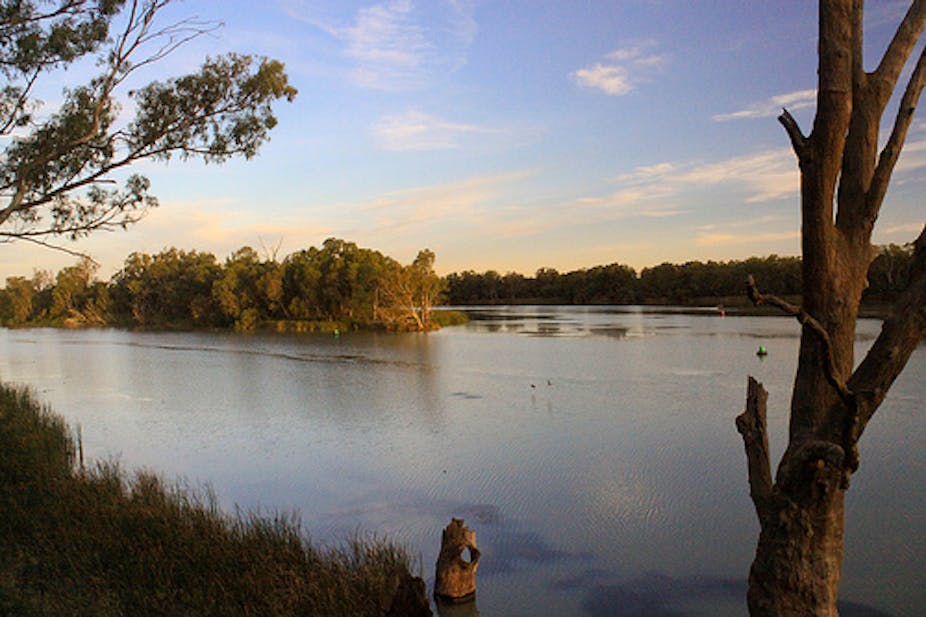Reaching agreement on a Murray-Darling Basin Plan is undoubtedly a significant political accomplishment. The water resources of the Murray-Darling have been the basis of disagreement between states, industries and communities for the best part of a century, and having a national plan is seen by many as a step forward.
The fact that the Opposition has now agreed to support the Plan assures its acceptance by Parliament, even if implementation remains a challenge for future governments and the states.
But before we become too exuberant about the political achievements embodied in a basin plan, it might be helpful to draw lessons from the entire episode. This is especially important as Environment Minister Tony Burke presents Australia’s water planning processes as a panacea to other nations dealing with water scarcity.
The Basin Plan was the latest attempt to rein in the proclivity of governments to treat water resources like a magic pudding. While water resources are renewable, they are also finite. In addition, off-the-cuff decisions to allocate water perceived as “going to waste” is a sure recipe for creating problems for future generations. I can personally recall statements by former water bureaucrats describing water exiting the Murray Mouth as “waste”.
In an effort to avoid repeating mistakes of the past, we should treat cautiously recent proclamations by NSW Governor, Marie Bashir and mining entrepreneur, Gina Rinehart, on turning around river flows. History suggests that a poor appreciation of the benefits conferred by water in different places and the role it plays in supporting a range of environmental processes can prove costly.
So the first principle Australia should promote is greater scrutiny of the value of water in different contexts. Once we start to think about water as having values that differ and can change, great care is needed to develop the institutions that allow for adjustment.
In Australia this was done by introducing water rights that were marketable and separate to land in the 1990s. On the face of it, most economists would see this as a sensible approach, but the Australian experience also shows that sequencing of reform can be critical to the impact on the public purse.
In the case of the Murray-Darling Basin, water rights were conferred at a time when there was increasing demand for extractions and a number of existing rights had not been activated or were only partially used. These became known as “sleeper” and “dozer” rights. Perhaps not surprisingly, the introduction of the water markets saw many of these rights sold to those willing to activate them.
In effect, this increased the extraction of water from the basin. In retrospect, it would have been much more cost-effective for the government to buy “sleeper” and “dozer” rights before the water market was fully functioning. So the second lesson is that sequencing is important when water rights are changed.
Third, once a water market is available it probably makes sense to use it to best effect. Markets will push resources to the highest value on offer and can simultaneously smooth adjustment – those who sell water rights receive cash that allows them to pursue other opportunities.
Markets also have the effect of reducing access for those least equipped to make efficient use of resources. Markets represent the most efficient way to shift water away from one use to another. Thus, it should not be surprising that water buybacks are much more cost effective and likely to lead to better long-term outcomes for agriculture in general.
And yet, despite the effort to create water markets, governments remain reluctant to use water buybacks to achieve the ambitions in the Basin Plan. It would appear this third lesson is some way from being fully appreciated.
The Basin Plan is an accomplishment on the political front. There is still much work to realise its purported benefits and there will undoubtedly be ongoing debate around implementation. Perhaps more importantly, it would be a pity if we did not heed all the lessons that can be distilled from its formulation.

